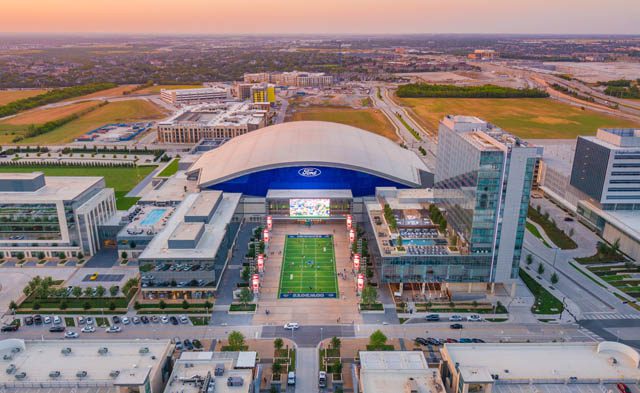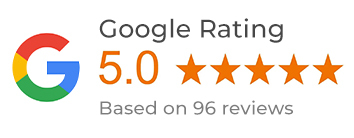Frisco is a planned community in North Texas that has been growing exponentially over the last several decades. In recent years, city planners and local government authorities have faced a serious concern that impacts many fast-growing communities. Specifically, once the planned development is at an end, how do they maintain their city without all the property tax income from new development? As the planned growth plateaus in coming years, can Frisco, TX maintain its status as one of the best places to live in the U.S. without skyrocketing property taxes for all the new residents?
All About Frisco, TX
In the 1980s, Frisco was a small farm town with a population of less than 10,000 located just north of the Dallas-Fort Worth Metroplex. Today, Frisco has a population of nearly 200,000 within the city’s less than 100 square miles, and it’s still growing! Unlike other Texas suburbs that have grown exponentially with little to no prior planning, the growth of Frisco was precisely planned, and the city government has worked diligently to attract businesses, sports teams, and healthcare facilities to make Frisco their home.
Why do Property Taxes Increase After Significant Growth?
Other DFW Metroplexes have seen dramatic growth similar to Frisco, and now they are struggling to maintain their city structures and functions without the continual influx of funding from new residential and commercial properties. With new construction slowing in Frisco, many property owners are worried that the beautiful, planned community that they invested in will start falling into disrepair. Other property owners worry that the solution to keep the city running will be a dramatic bump in their annual property tax bill. Following rapid growth, cities will typically experience a plateau when there is no additional space for new growth, and many local governments rely on increasing property taxes to maintain their budget for city repairs, maintaining infrastructures, and running the city services like the police and fire departments.
Is an Increase in Property Tax Rates the Only Way to Keep Frisco Going?
When new growth slows, there are three options to maintain the budget – increase tax rates, increase property values, or increase property density. Thanks to the new businesses and the high standards for commercial and residential construction, the tax rates and property values have already been on the rise within the allowable limits. That leaves the third option, changing property density (the number of properties allowed per square mile) most of the planned residential and commercial areas in Frisco already have regulations that make it difficult to increase the property density. Luckily, Frisco still has time to determine the best course of action. City planners estimate that 1/3 of Frisco is still available for new development, which will keep property taxes under control a little longer.
Can You Keep Your Frisco Property Tax Bill Under Control?
In the meantime, Frisco property owners are encouraged to keep an eye on their annual property tax bills. There are regulations on the percentage that your property value and tax rates can increase each year, but you should still be monitoring these increases to make sure everything seems to be on the up and up. Don’t forget that you can always appeal your property tax bill.
How Does Home Tax Solutions Help?
If you’re struggling to fit the cost of your increasing Texas property tax bill into your annual budget, the Home Tax Solutions team can help. We offer affordable property tax loan options that help home and business owners from all 254 Texas counties break free from the property tax debt cycle and the high fees and penalties on late property tax bills. Get started today by filling out our application form online. One of our friendly and knowledgeable team members will be in touch soon to answer your questions and process your request.



